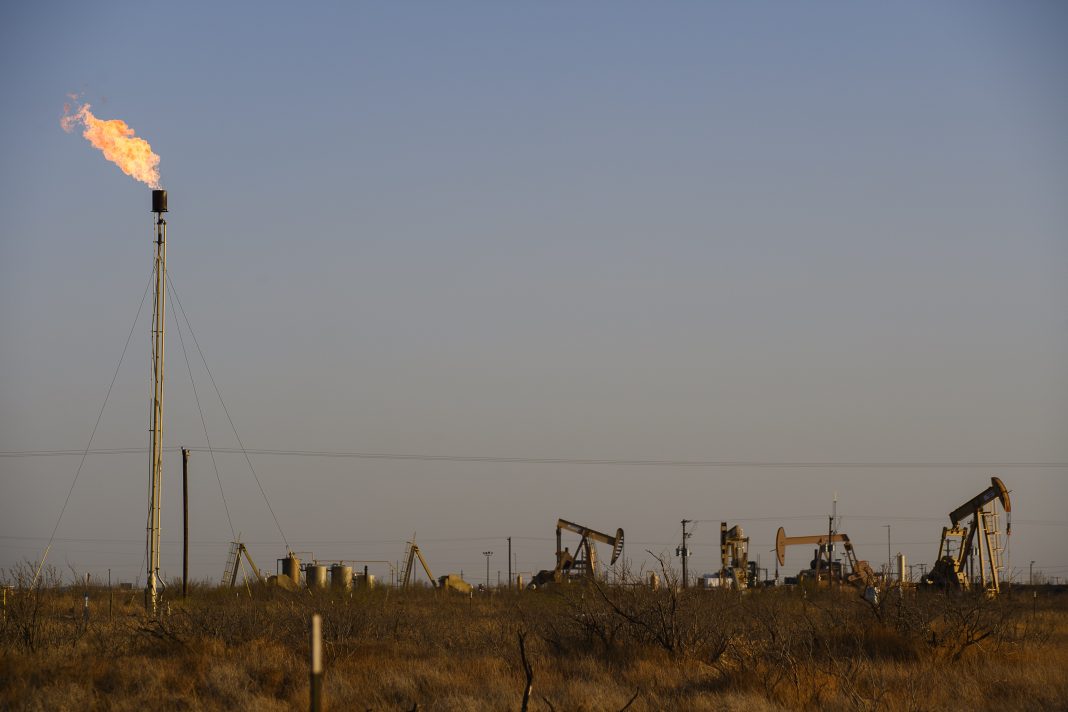The international liquefied natural gas market is booming, but the United States needs more of the export terminals that would enable it to take full advantage.
Midland oilman Kevin Sparks and Waco economist Ray Perryman say the oil and gas business is further impeded by the policies of the Biden administration, which encourages more production on one hand while on the other saying the world would be better off without the use of any hydrocarbons.
“We have plenty of LNG to export as a country and there is no reason why we are not setting ourselves up to export a very needed product around the world,” said Sparks, president of Discovery Operating in Midland and the 31st District state senator-elect.
Referring to President Biden’s special envoy for climate, he said, “The biggest headwind in our industry right now is the policies of the current administration, whose planet czar, John Kerry, basically says we need to wean ourselves from the petroleum industry altogether.
“It creates uncertainty about the future, but we can’t fuel our current lifestyle in the U.S. without the use of hydrocarbons.”
Sparks said the LNG market’s growth potential “is very big, no doubt, because natural gas in America is more efficient and more environmentally friendly than it is in any other place in the world.”
Noting that Discovery Operating is not directly involved in LNG production at the nation’s seven export terminals along the Gulf Coast and other places, he said there “is obviously a great need for it.
“We use LNG to make all kinds of things from medical devices to plastics,” Sparks said. “The demand will continue to be strong and with that demand there is the need to create more infrastructure like pipelines. It’s a very positive thing not only for West Texas but also for our nation because no one else in the world can produce oil and gas in as environmentally conscious a way as we do in West Texas.”
As it stands, the U.S. is producing 95 million cubic feet per day of natural gas and exporting 13 million cfd of LNG to India, China, South Korea, Japan, the European Union and other customers. The domestic natural gas price last Tuesday was $6.94 per thousand cubic feet, but it was much higher in Europe — $29.85.
There are export terminals in operation at Corpus Christi and Freeport, Texas, Kenai, Alaska, Hackberry and Sabine, La., Cove Point, Md., and Elba Island, Ga., and facilities are under construction at Sabine Pass, Texas, and in the Cameron and Plaquemines parishes in Louisiana. A dozen more have been permitted but are not yet being built.
Gas is piped to the multibillion-dollar terminals to be frozen to 260 degrees below zero and have the dust, acid gases, helium, water and heavy hydrocarbons removed before it’s delivered on ships and thawed, or “regassified,” for heating and other purposes. The world’s other big LNG exporters are Qatar, Australia and Malaysia.
Perryman, who lives in Odessa, said getting a new terminal permitted by the Federal Energy Regulatory Commission and U.S. Department of Energy takes about two years. “We’ve done the economic analyses for most of the LNG plants that have been permitted on the Gulf Coast for the various Cheniere facilities, Golden Pass, Sabine Pass and Rio Grande as well as a number of others around the U.S. and Canada,” he said.
“We’re working on several others, but those applications have not yet been released. The opportunities are quite encouraging at present and activity is picking up. The permitting involves capital capacity, feasibility and environmental issues and the analysis is fairly comprehensive, including the traditional impacts of construction and operations.”
Perryman said the capacities of local labor markets to absorb the projects, the effect on American natural gas prices and implications for the balance of trade and the potential use of byproducts as feedstocks for chemical facilities are also considered. “The impact is typically quite substantial as it implicates the entire upstream, midstream and downstream facets of the petroleum industry,” he said.
“The lack of pipeline infrastructure can be a constraint. There’s ample demand for additional capacity, but the regulatory and land use requirements are often significant hurdles that delay construction and implementation. There is also a need to develop the receiving facilities in the countries that purchase LNG.”
Perryman said the market “is very important for future development because in essence it transforms natural gas from a national market to an international one.
“This transition has profound implications for the Permian Basin as there is very high demand in many regions of the world that provide significant opportunities for local producers,” he said. “It also has rather profound geopolitical implications as well.
“As an obvious example, the ability to supply substantial natural gas to Europe would largely neutralize the political and economic power of Russia. Additionally, the capacity to deliver more natural gas to Asia could enhance American influence there. All that is to say that while there are certainly challenges, the accelerated development of LNG delivery capabilities could bring significant benefits on many fronts and create significant new opportunities for the Permian Basin.”




